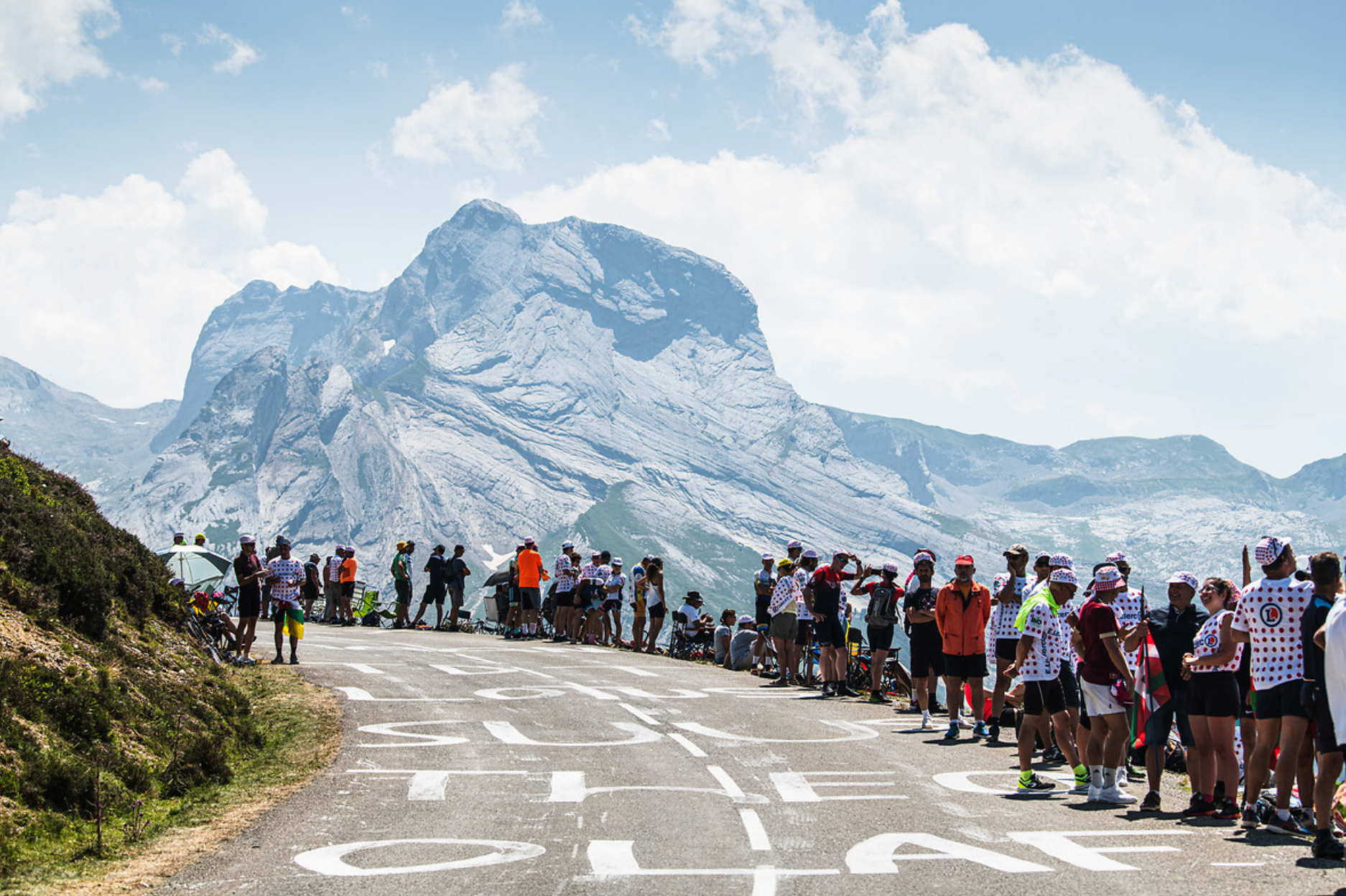The Hardest Tour de France Stage 2023

The Tour taking place over twenty one days, places plenty of challenges on the riders, but the most difficult day is colloquially known as the "Queen" stage. Usually it's not explicitly stated as the Queen stage, and more implicitly known, but race organizers do sometimes explicitly state it. There is often debate among pundits about which stage should claim the crown of the hardest stage. However, for this year's Tour de France, there should be no debate. Stay tuned for this year's hardest stage.
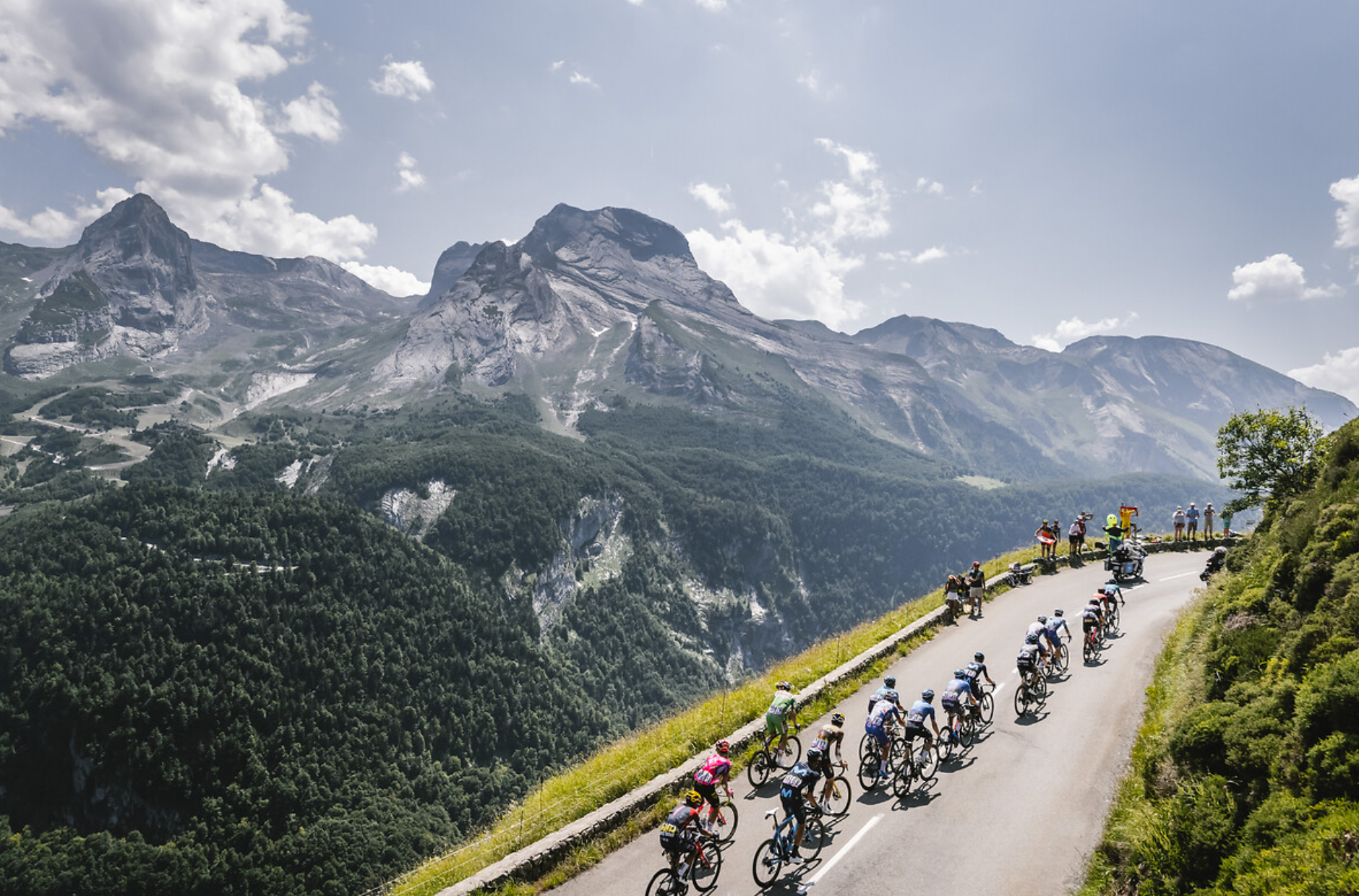
One could calculate it based on elevation gain but that doesn't necessarily take into account hard climbs. An extremely rouleur-based stage could have a bunch of elevation gain (by going up and down) but no extremely hard climbs anywhere throughout the stage.
Queen stages usually offer up a defining moment for the general classification time battle between the main contenders given that the most time can be won or lost on hard mountain stages. This is generally at the tail end of a grand tour given how much fatigue has been built up in the legs over the course of the three weeks, and also how race organizers generally back load grand tours to keep the GC race close and viewers engaged.
The Queen stage terminology, apparently, and take this with a pinch of salt, comes from the Queen in chess, which is the most powerful piece in the game. In Germany, they instead call the Queen stage the keunig (king) stage instead.
But now finally the moment you've been waiting for. The hardest stage. The queen's stage. The keunig stage. Also known as Stage 17.
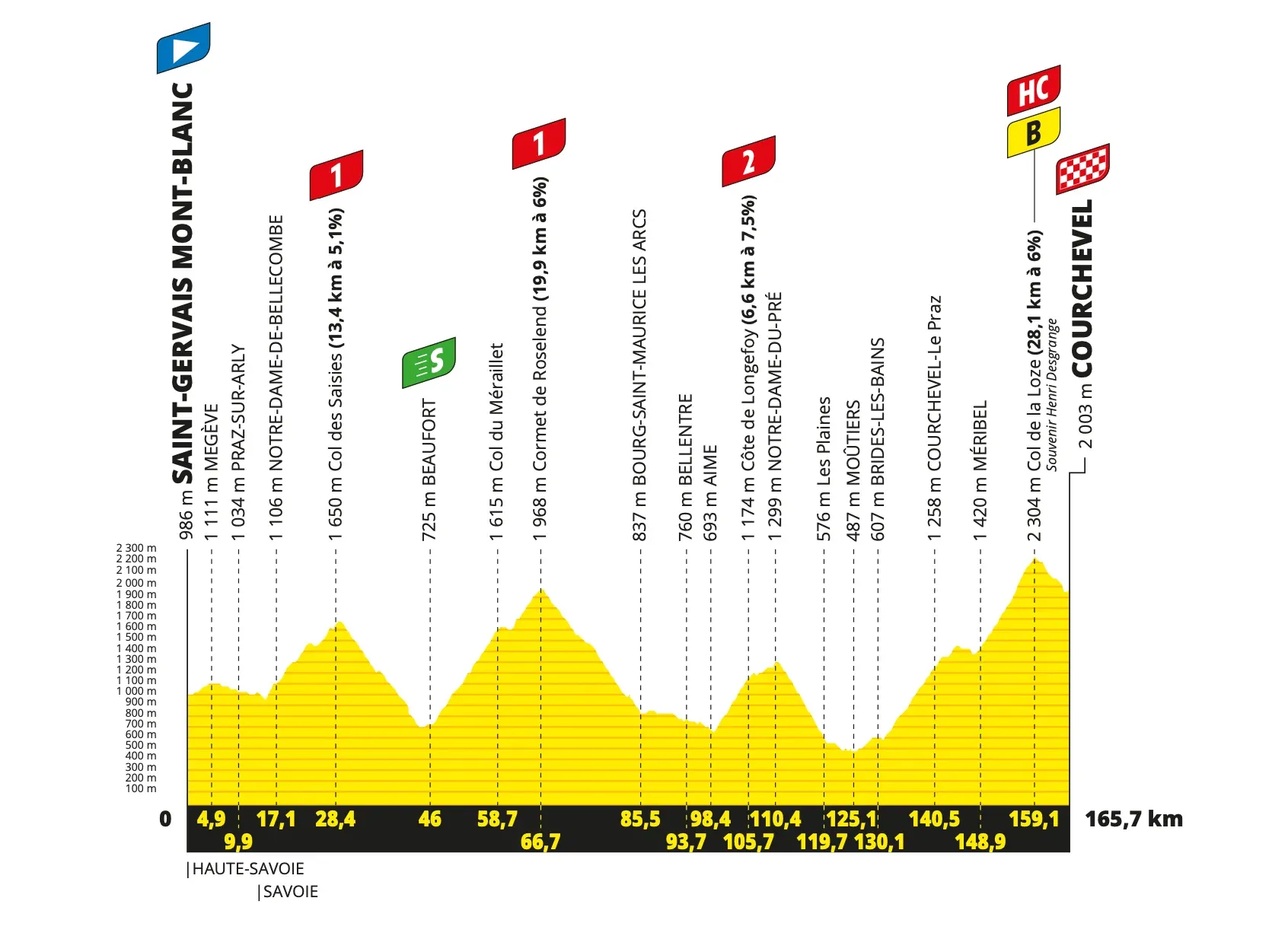
From Saint Gervais Mont - Blanc to Courchevel, the stage is 166.5km which is around average for a stage of this year's tour, but oh boy is the terrain anything but average. Totalling 5405m of elevation gain, four gigantic climbs punctuate this stage profile. Any one of these would be enough for your average rider to call it a day, pack up their e-bike and go home.
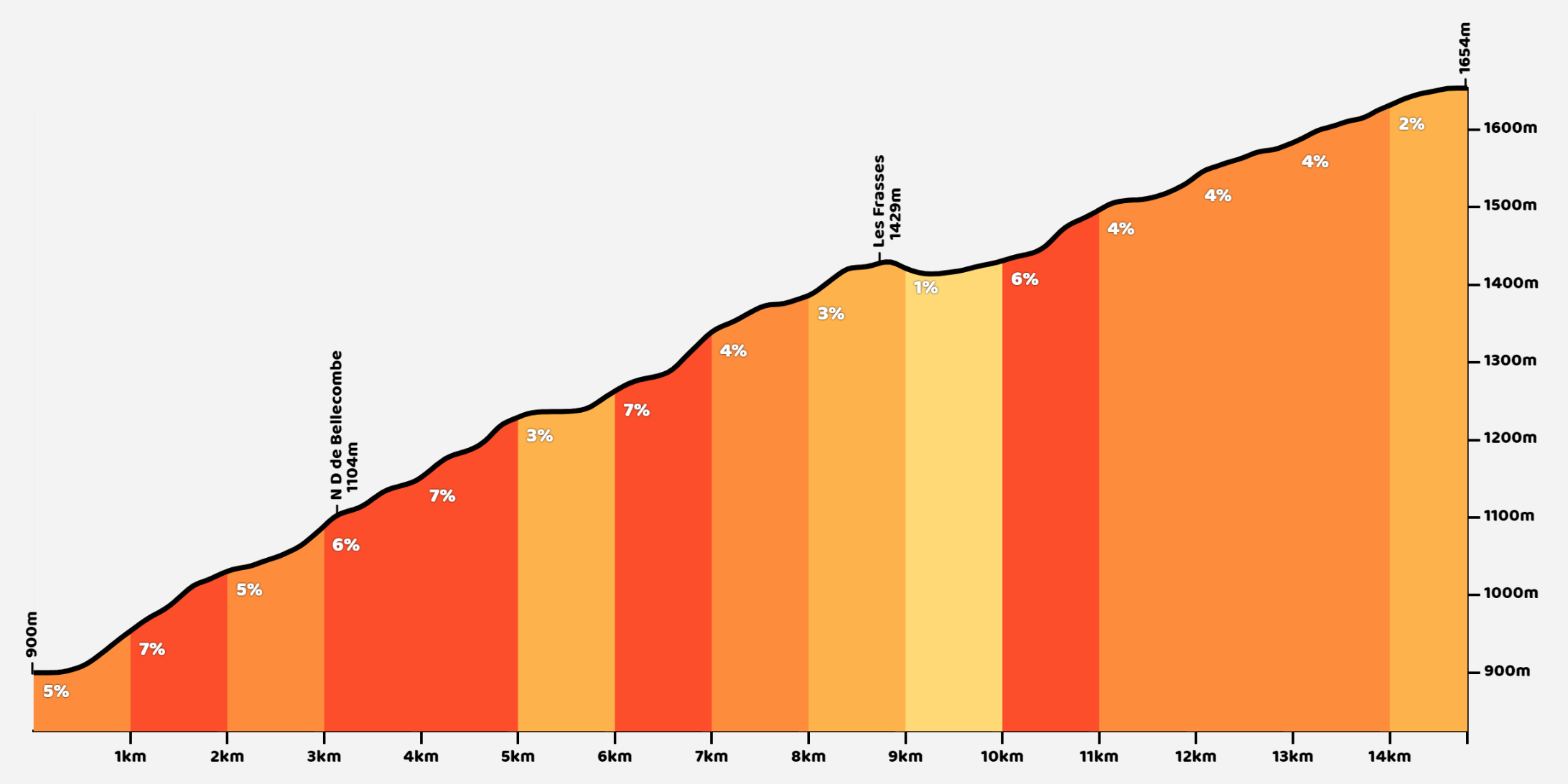
First comes Col des Saisies at 13.5km at an average of 5.2%, next a paltry 14kms later comes Col du Meraillet combines with Cormet de Roselend for a total of 20.3km @ 6.1% average, where the Col du Meraillet, the first 12.2kms is at an average of 7.2%
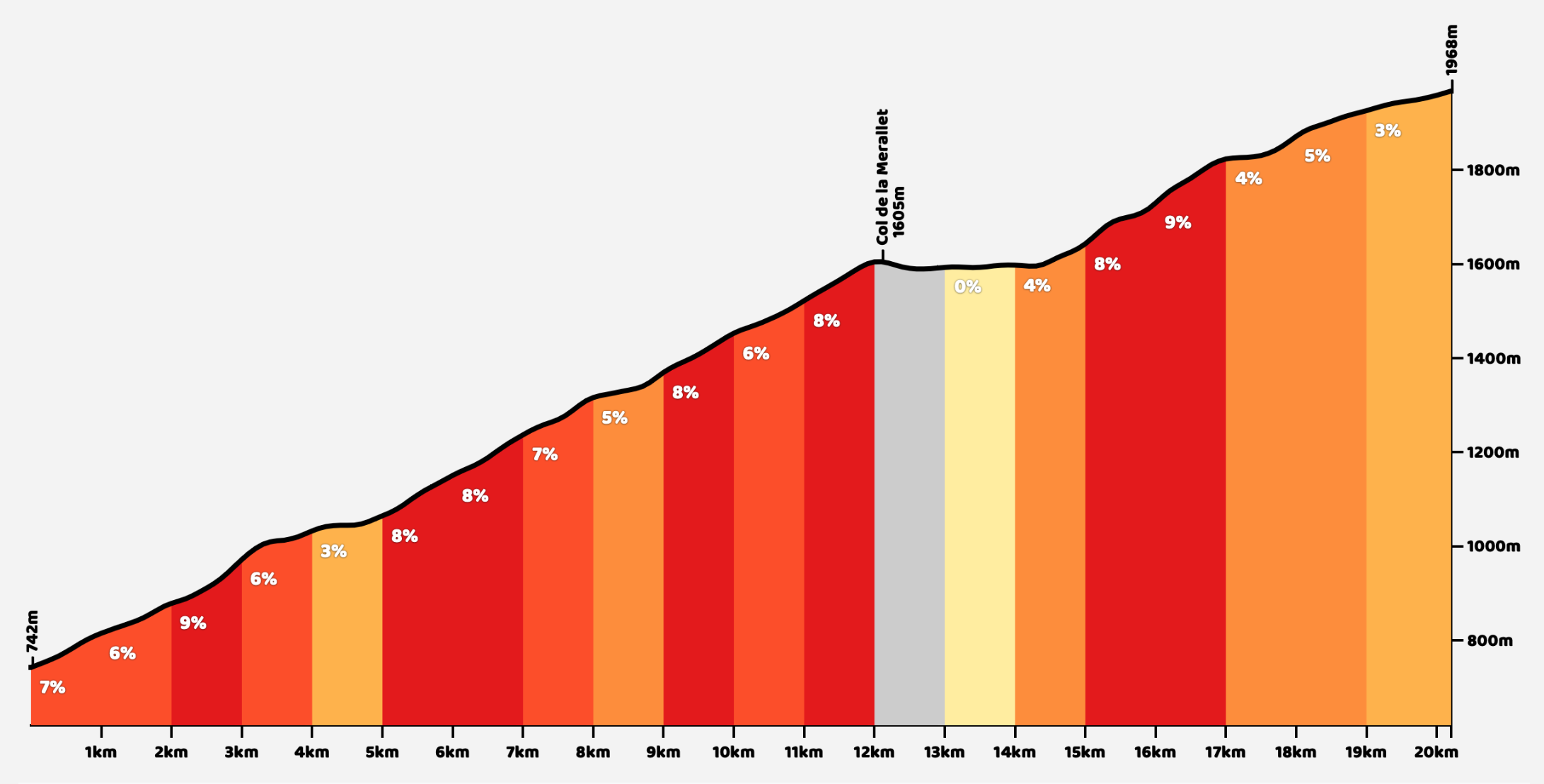
Riders then get a minor reprieve on the third climb, but only in terms of its distance. The Côte de Longefoy is 6.7km @ 7.5%, and then there's a kicker they politely don't put out to riders on the course map of another 130m over the course of 5kms to Notre Dame Du Pré.

Finally, after an 800m descent comes the final climb, or shall we say climbs, of the day. The climb, Col de la Loze, topped our top five hardest climbs of the Tour de France 2023. 9.2kms @ 6.9%, then 1.5km @ 5.5%, then 10.2km @ a wicked 8.5%, for a total of 28.6km @ 6%. So large they could hardly fit all the information for it in one image.
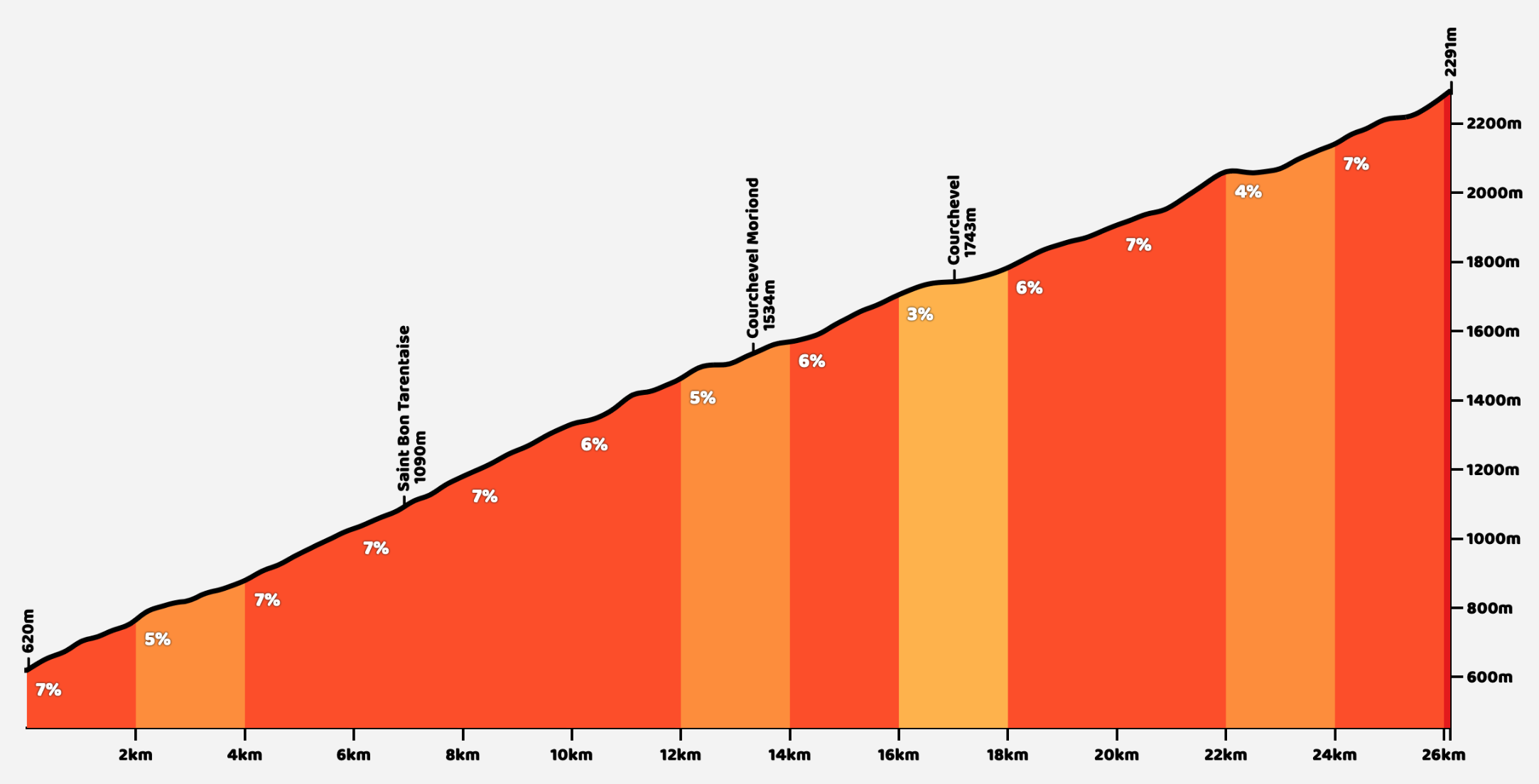
They start the climb at 507m above sea level and end at 2300m above sea level. That's 1800m of climbing, and 800m of that is 1500m above sea level when the effects of altitude are extremely apparent to riders. As it's a slightly more circuitous route than usual the maps displayed here show the climb in two parts to capture the exact tour route. The first showed the climb from the base to Courchevel, where then the riders proceed to Meribel and proceed to climb to the top of Col de la Loze.
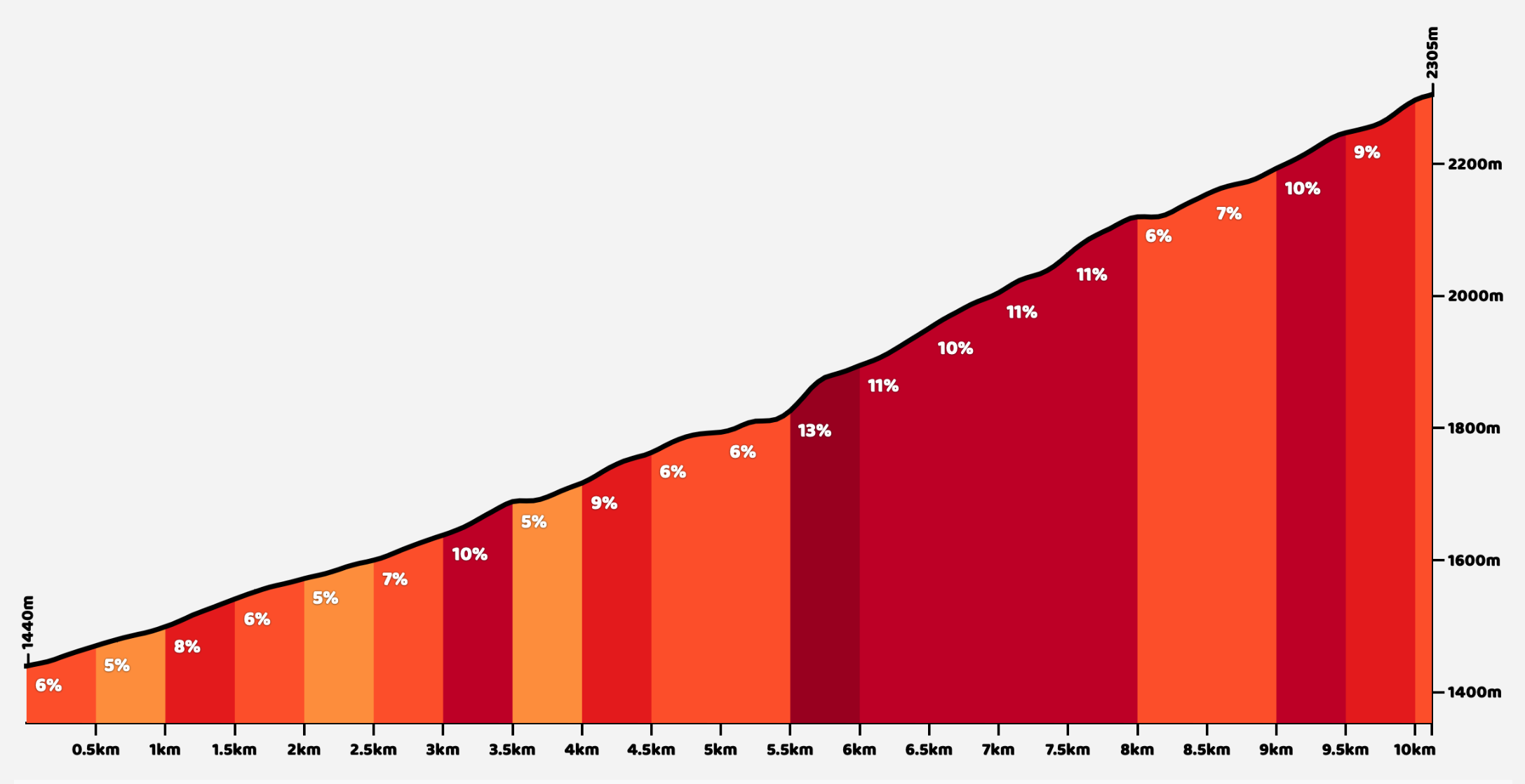
Think they had enough do you? Clearly the organizers didn't think so. Maybe they wanted to one-up the Giro's organizers final time trial. Whatever the case, any rider that makes it to the top, has a 5.5km descent only to face a final 1km kicker of 7.7%. Brutal.
This is one stage you most certainly won't want to miss. The stage happens on Wednesday July 19th 2023. Hopefully you have work from home Wednesdays. Or maybe just book the day off. We will. Unless Vingegaard already has the tour wrapped up by then.
Think there's a harder stage? Think the riders have gotten off too easy? Let us know on our socials!
